Sydney flying foxes (fruit bats) inhabit a number of colonies throughout the Greater City Basin. At times, in some streets the guano (bat droppings) paints whole streets white. In our city, there are currently three species of flying foxes: The grey headed, black and little red flying fox. These species inhabit areas from North Queensland to Southern Victoria and are amongst the largest fruit bats of the world, with wingspans of up to one metre. Although numbers change, there are about 17 active Flying Fox colonies in Sydney. Apart from the fruit bats, there are also a number of micro bat species making up the city’s bat population.
First, Best and Private Tour
Travel Ideology offer the best and the first fruit bat experience in this city (est. 2020) and the only private tour. We head to one of the city’s numerous permanent flying fox colonies. Here, we will see fruit bats high in the trees and at eye level, normally in great numbers. Some will be sleeping with their wings covering their faces whilst others will be flying in the air. Some may be being intimate. Others will be moving around. They are in greatest numbers between February and May. Come and learn about these delightful winged creatures and learn how to identify the gender of a fruit bat and how important they are to the ecosystem.
Flying Foxes – The Party Animals
These cute little animals with fox like faces, flying foxes are also known as fruit bats. This is due to their penchant for fruit. Some of our fruit bat colonies disappear completely from our city during winter as they head north for warmer climates. These aerobatic ‘foxes’ normally roost high in the trees. Here, they live with hundreds of their family and friends. In their seemingly party atmosphere they make a great deal of noise and get happy on the diet of (sometimes fermented) fruit. It is a spectacle to see. during the day, they often cover their heads with their wings as though they were pulling the bed cover over their head after a heavy fermented fruit drink hangover.
Our Sydney Flying Foxes are Unique
The flying fox is the world’s largest flying mammal. It can fly at speeds of about 20km/h and 60km/h when using a tail wind and will fly up to 50km from its roosts. The Sydney Flying Foxes we see grow up to 1 metre wingspan. However, the largest fruit bats, the Giant golden-crowned fruit bat will have up to a 1.5 metre wingspan. These Australian bats bear their pups (babies) whilst upside down and only have one at a time and the mother catches them in her wing when they are born. Whilst they chew fruits rather than eat nectar, They suck the nectar.
Largest fruit bats
The Grey-headed Flying-fox is the largest Australian bat and is amongst the largest bats in the world. It has a weight of between 600g and 2000g and has a head and body length of 23 – 29 cm. Moreover, it has dark grey fur on the body, lighter grey fur on the head and a collar of orange/brown fully encircling its neck and thick leg fur extends to the ankle. The wing membranes are black and the wingspan can be up to 1 m. Once a year they can have a pup. The young fruit bats start to fly at about 2 or 3 months of age.
Other fruit bats
The black headed flying fox is another of Australia’s largest bats, about the same size as the grey headed fruit bat. It is distinguishable as it is completely black with no other colourful markings. Also, its fur stops at the knees.
The third species, the little red flying fox is about half the size of the other two. Their fur is red-brown and their wings are more translucent. They feed almost entirely on blossom of eucalypts and melaleucas. Moreover, they are highly nomadic, following blossoming river redgums along inland rivers or visiting the coast for a month or two.
Excellent Pollinators
The Sydney flying fox is an important pollinator of the Eucalyptus forests in and around the city. Whilst they love fruit, their main food source is provided by nectar from Eucalyptus flowers. Eucalyptus trees need pollen from other trees of their species (out-crossing) to produce fertile seed, and the fruit bat provides this service.
Population Changes
Recently, in 2019, heatwaves saw temperatures reach around 47°C. This saw a lot of them fall from trees to their deaths from heat exhaustion and thinned their numbers a little. In 2011, the colony of fruit bats that called the city’s Botanic Gardens home was dispatched and moved on to protect the heritage listed trees.
The Dark Side of our flying foxes
Whilst bats are often associated with black magic, vampires and horror movies, this is normally far from reality. However there is a dark side to these cuddly looking animals. They are noisy, smelly, messy creatures whose bite or scratch could have you kissing death. This is because they carry a nasty virus(Lyssavirus) similar to rabies, so its best to avoid touching them. To our knowledge, only one person has ever died of it. Fortunately, they will normally not come close to humans. Another effect when colony numbers are high, whole streets may turn white with fruit bat guano; even the cars change colour. Also, note that it is highly corrosive.
Come and see a flying fox colony
Come and see one of the Sydney flying fox colonies in conjunction with another of Travel Ideology’s Tours and learn all about these amazing creatures. See them plying the air, sleeping, covering their eyes with their wings and hear them squawking. This is the only private flying fox tour in Sydney. Contact us to add it to one of our wild kangaroo or parrot trips. In summer, we often see them on our wild wombat tours as well. On this tour you will learn some interesting facts about these amazing animals including the important role they play in the ecology.
What to bring on your Sydney Flying Foxes Tours
Please wear enclosed (preferably old) footwear as it can get quite marshy at times. Bring good photographic equipment as flying foxes can be high in the trees and flying about.
Come on this Sydney Flying Foxes tour to see our Australian fruit bats and gain an insight into these interesting yet relatively unknown creatures.
Book your Sydney flying foxes tour with Travel Ideology today.
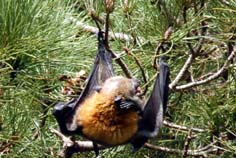
Flying foxes
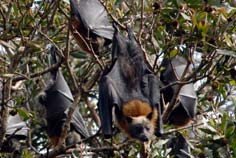
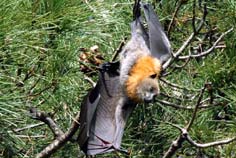
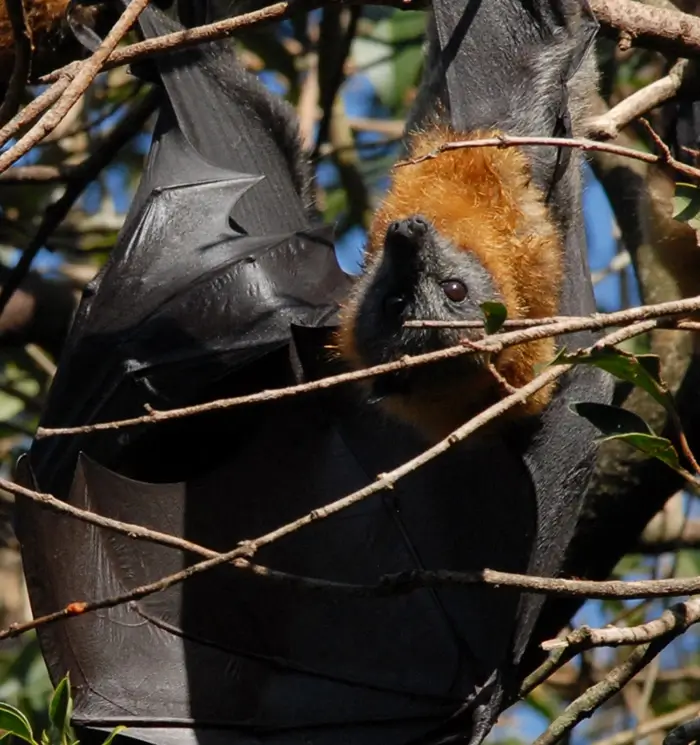
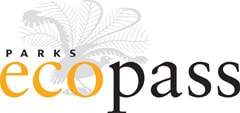
About the author